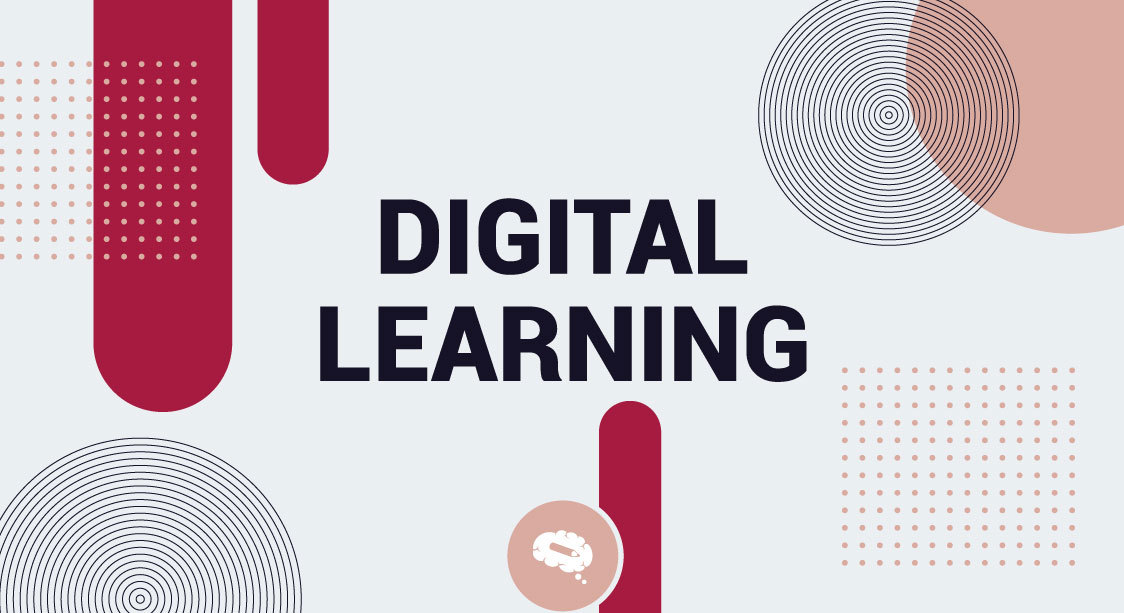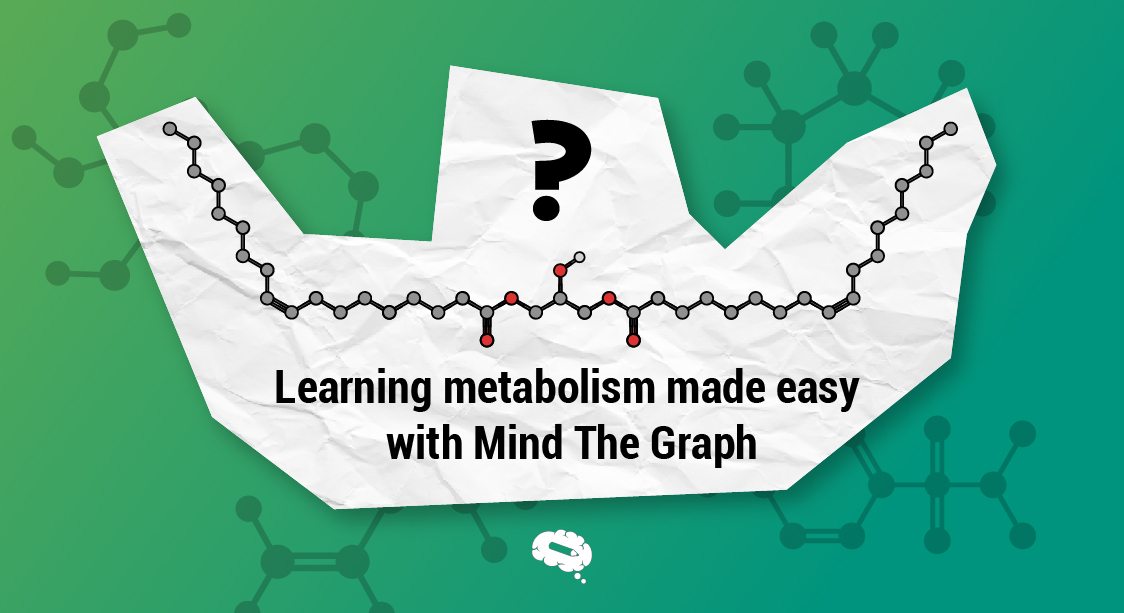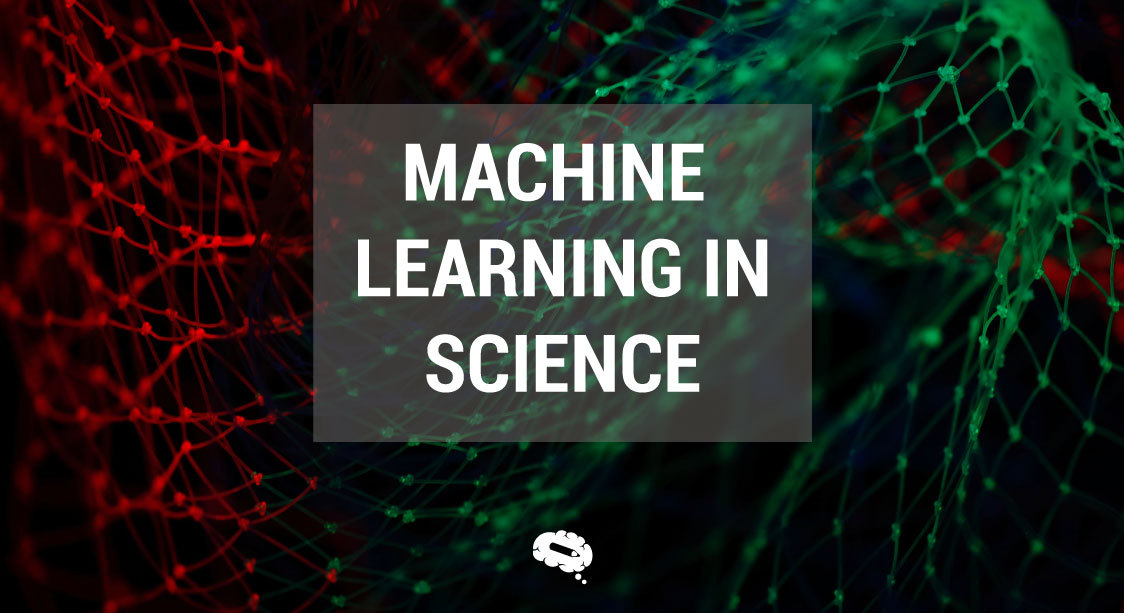With the advent of digital tools and platforms, education has broken free from the confines of traditional classrooms, reaching learners across vast geographical distances and overcoming barriers of time and resources. From online courses and virtual classrooms to interactive multimedia resources, digital learning has opened up a world of possibilities for students, educators, and lifelong learners alike.
The power of digital learning lies in its ability to personalize education, catering to the unique needs and preferences of individual learners. Through adaptive learning technologies, students can embark on personalized learning journeys, receiving tailored content and support that aligns with their strengths and areas for improvement. As a result, learning becomes more engaging, interactive, and effective, fostering deeper understanding and knowledge retention.
Moreover, digital learning expands access to education, enabling learners from diverse backgrounds and circumstances to pursue their educational aspirations. It has the potential to bridge educational gaps and create opportunities for those who may have been traditionally marginalized or underserved. Through online platforms, individuals can access quality educational resources, connect with expert instructors, and join vibrant learning communities, regardless of their geographical location or socioeconomic status.
Digital Learning: An Overview
Digital learning, also known as e-learning or online education, has a rich and evolving history that spans several decades. This historical overview takes us on a journey through the key milestones and developments that have shaped the landscape of digital learning.
1960s-1970s: Emergence Of Computer-Based Training
The roots of digital learning can be traced back to the 1960s and 1970s when computer-based training (CBT) systems started to emerge. Early efforts focused on using mainframe computers to deliver educational content and assessments. Programs like PLATO (Programmed Logic for Automatic Teaching Operations) pioneered interactive learning experiences and marked the beginnings of computer-assisted instruction.
1980s: The Rise Of Educational Software
The 1980s witnessed a surge in educational software development, spurred by the availability of personal computers. Companies like MECC (Minnesota Educational Computing Consortium) created popular educational games such as “The Oregon Trail,” introducing interactive and engaging learning experiences to students across the United States. This era also saw the development of computer-based tutorials and multimedia learning programs.
1990s: Web-Based Learning And Learning Management Systems
The widespread adoption of the internet in the 1990s revolutionized digital learning. Web-based learning emerged as an accessible and scalable approach to education. Learning management systems (LMS) like Blackboard and Moodle gained popularity, offering platforms for educators to deliver online courses, manage content, and track student progress. The internet provided a global infrastructure for learning, connecting learners and educators worldwide.
Early 2000s: Massive Open Online Courses (MOOCs)
The early 2000s brought about a significant shift with the advent of Massive Open Online Courses (MOOCs). Platforms such as Coursera, edX, and Udacity emerged, offering free or low-cost online courses from prestigious universities and institutions. MOOCs democratized access to education, allowing anyone with an internet connection to learn from top educators and engage with a global community of learners.
Mobile Learning And Microlearning
Mobile technology and the rise of smartphones in the late 2000s and early 2010s led to the development of mobile learning or m-learning. Learners could access educational content and participate in learning activities anytime, anywhere. Microlearning, characterized by short and focused learning units, gained popularity as learners sought bite-sized content that could be consumed on mobile devices.
Adaptive Learning And Personalization
In recent years, adaptive learning technologies have gained prominence. These systems leverage data and algorithms to deliver personalized learning experiences tailored to individual learner needs and preferences. Adaptive learning platforms adapt content, pace, and feedback based on learner performance, maximizing learning outcomes and engagement.
Virtual Reality (VR) And Augmented Reality (AR)
The advent of VR and AR technologies has opened up new possibilities for immersive and interactive learning experiences. Virtual reality can simulate real-world environments, enabling learners to practice skills in a safe and controlled setting. Augmented reality overlays digital content onto the real world, enhancing learner engagement and understanding.
As digital learning continues to evolve, advancements in artificial intelligence, data analytics, and learning analytics are reshaping the educational landscape. These technologies hold the potential to provide personalized feedback, adaptive assessments, and intelligent tutoring systems, further enhancing the effectiveness of digital learning.
Related article: Artificial Intelligence In Science
What Is The Difference Between Online And Digital Learning?
Online learning refers to education delivered over the internet through platforms like virtual classrooms and webinars. It focuses on remote learning experiences using digital technologies.
Digital learning is a broader term encompassing any learning facilitated by digital tools. It includes online learning but also offline activities, such as educational games, simulations, and mobile learning. It leverages digital technologies to enhance teaching and learning processes.
While online learning specifically pertains to online platforms, digital learning encompasses a wider range of experiences using digital tools. However, the boundaries between the two can overlap as online learning often incorporates digital resources to enhance the learning process.
Digital Learning’s Inclusive Learning And Assessment Design
Digital learning offers opportunities to create inclusive educational environments and design assessments that meet the diverse needs of learners. Here are key considerations for inclusive learning and assessment design:
- Accessibility: Ensure content accessibility for learners with disabilities through features like alternative formats and compatibility with assistive technologies.
- Personalization: Leverage adaptive learning technologies to provide customized content, feedback, and support tailored to individual learners.
- Multimodal Learning: Use various media formats to accommodate different learning styles and preferences, enhancing understanding and engagement.
- Collaboration and Communication: Facilitate collaboration among learners through discussion boards and virtual projects, fostering an inclusive learning community.
- Culturally Responsive Content: Incorporate diverse and inclusive content that reflects learners’ backgrounds, promoting an inclusive learning environment.
- Equitable Assessment Practices: Design assessments that accommodate diverse learning styles, offer multiple means of expression, and reduce bias.
- Data-Informed Instruction: Analyze learner data to identify areas needing additional support and provide targeted interventions.
By designing inclusive digital learning experiences and assessments, educators can empower learners, foster equity, and contribute to a more inclusive education landscape.
How Does Digital Learning Empower Individual Learning?
Digital learning empowers individual learning by providing a range of benefits and opportunities for learners to take control of their education. Here are some key ways in which digital learning fosters empowerment:
- Personalized learning experiences: Learners can explore topics of interest, set their own learning goals, and receive resources that align with their specific needs and preferences.
- Flexibility and accessibility: Digital learning offers flexibility in terms of time, location, and pace. Learners can access educational content and resources at their convenience, allowing them to fit learning into their schedules.
- Access to diverse learning resources: Digital learning provides access to a vast array of educational resources from around the world. Learners can explore multimedia content, interactive simulations, virtual reality experiences, and online libraries, expanding their knowledge beyond traditional classroom materials.
- Collaboration and peer learning opportunities: Learners can engage in online discussions, join virtual group projects, and participate in collaborative activities with peers from different locations and backgrounds.
- Immediate feedback and self-assessment: Digital learning allows for immediate feedback on assessments and activities. Learners can receive instant feedback on quizzes, assignments, and practice exercises, enabling them to identify areas for improvement and make timely adjustments.
- Promotion of a lifelong learning mindset: Through digital learning, individuals can acquire new knowledge, skills, and competencies throughout their lives. They can access online courses, webinars, and resources to stay updated with the latest developments in their field of interest and adapt to a rapidly changing world.
These points highlight the key benefits of digital learning in empowering individuals to take control of their learning journey and achieve their educational goals.
Digital Learning Platforms For You to Try Out
Here are some popular digital learning platforms that you can explore:
- Coursera
- Udemy
- Khan Academy
- edX
- LinkedIn Learning
- Codecademy
- Duolingo
- Udacity
- Skillshare
- Pluralsight
These platforms offer a wide range of online courses and learning resources across various subjects, allowing you to engage in self-paced learning and acquire new skills conveniently.
Exclusive Scientific Content, Created By Scientists
Are you a scientist looking to elevate your research communication to new heights? Look no further than Mind the Graph, the cutting-edge platform designed exclusively for scientists like you. With our innovative tools and resources, we empower scientists to create visually stunning scientific content that captivates audiences and accelerates impact.

Subscribe to our newsletter
Exclusive high quality content about effective visual
communication in science.






